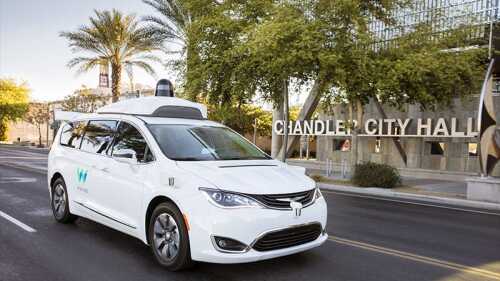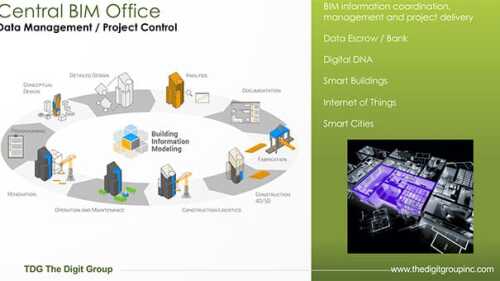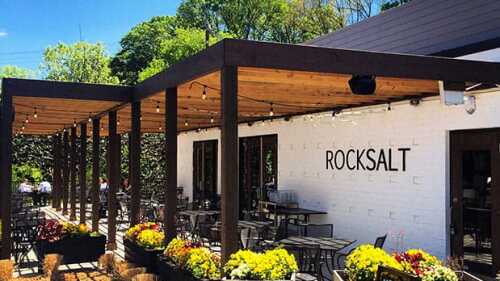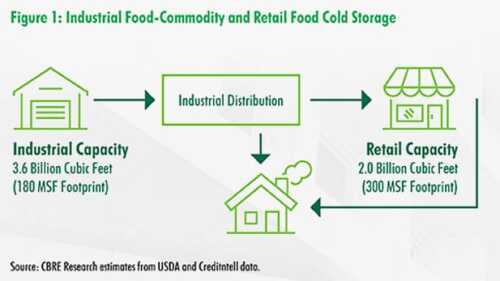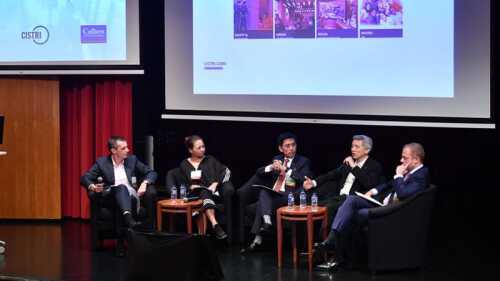Economy, Market & Trends
Autonomous vehicles, smart cities, and how Arizona is poised on the leading edge of what Timothy Burr, director of public policy for Lyft, dubbed “the third transportation evolution” were the recurring themes of ULI Arizona’s latest Trends Day.
Speaking at the ULI Carolinas Meeting in February, consultant Paul Doherty of The Digit Group described how 3-D printing, building information modeling, and piezoelectricity are reshaping the built environment.
Real estate economists boosted their outlook for economic growth in March’s ULI Real Estate Economic Forecast, compared with the survey of six months ago. The expectation for stronger economic growth is accompanied by the potential for higher inflation and interest rates. The higher rates, however, are not projected to be detrimental to real estate returns: Forecasts for industrial returns are higher than in the previous survey.
Today’s young professionals with discretionary income are asking for deeper engagement with their surroundings, a greater sense of ownership, and fewer barriers between work and play, connecting on a personal and emotional level with their environment. Panelists speaking at ULI’s 2018 Carolinas Meeting in February discussed what that might mean for the marketing and design of retail, office, and residential projects.
California lost 138,000 people to domestic migration in the 12 months ended in July 2017, according to U.S. Census Bureau data, with most of those departing being lower- and middle-income workers destined for Arizona, Texas, or Nevada. At a recent ULI San Diego/Tijuana event, land use experts discussed what is being done at the local, state, and federal levels to ease the cost of housing in California’s populous coastal areas.
The growing popularity of online grocery shopping could result in demand for up to 35 million square feet (3.25 million sq m) of U.S. cold-storage space shifting from retail stores to warehouses and distribution centers within the next seven years, according to a report from CBRE.
Urbanizing cities of the U.S. Southeast, such as Columbia and Greenville, South Carolina, and Asheville, North Carolina, are facing the trade-offs of continued growth. Speaking at the 2018 ULI Carolinas Meeting, the mayors of those three cities discussed how and where their cities invest to attract job growth, while attempting to avoid displacement of longtime residents.
In Detroit, as in many cities across the United States, a distinctive type of open space—the urban garden—has emerged as another type of civic asset.
While commercial real estate investors generally take a positive view on coworking, maintaining a balance of traditional and coworking space in a building is critical when it comes to creating long-term capital value. According to a CBRE survey, investors say that a coworking occupancy of a third of the space or less, with a qualified operator, supports a healthy capital value.
E-commerce has finally arrived in Singapore in a big way. Amazon has appeared on the island’s shores, joining local etailers like Zalora and RedMart, and with meal delivery apps such as Deliveroo, FoodPanda, and UberEats, restaurant-grade food can come straight to your door. Nonetheless, the pipeline for brick-and-mortar retail remains strong, with a total of 509,000 square meters (5.5 million sq ft) of retail space of projects in the pipeline.

